The Building of Olveston
The building of Olveston began in 1904 and the house was completed late in 1906. Set on a gently sloping acre adjoining the tree-covered town belt, the house demonstrates a wellbalanced coherence of external and internal design. The boldly asymmetric south front welcomes visitors with warmth of colour from the local Moeraki pebbles used to cover a double brick structure. Contrasting cream North Otago limestone is used for quoins, crenellations and fine mullioned windows. The combination of Moeraki pebbles and Oamaru limestone forms a striking use of local materials while many of the window panes incorporate decorative stained glass from England. An exuberant oriel window placed high within a Dutch gable and a tower block complete with flagpole and weather vane above the canopied entrance, further the sense of grandeur.
On the east side of the house, stately projecting bay windows suggest permanence, comfort and spaciousness without undue display. Well-integrated down-pipes with the oft-repeated motif of a bunch of grapes enhance the walls. The steep-pitched tiled roof and the chimneys are best seen from the north above simple gables. A fine old magnolia grandiflora and a Banksia rose link house, greenhouse and garden in a manner totally in keeping with houses contemporary with Olveston on the other side of the world. Steps to the scullery window gave the gardener and delivery boys access but not entry to the kitchen area. On the west face, simple classical Tuscan columns surround a tiled loggia topped by a balcony balustrade. Catching the afternoon sun and looking on to garden and trees, this was a pleasant place to relax.
Throughout, respect for the use of materials and attention to detail, reflect aspects of the English ‘Arts and Crafts’ movement with which Ernest George was so familiar. No doubt, he was influenced by building regulations for London houses. Habitable rooms in basements and attics all needed to have external windows and basement rooms were required to have their fireplaces. In Olveston, a surviving original fireplace in the basement room that now houses the central heating system bears witness to this convention. Integration of external waste pipes and ventilators into the overall architecture of Olveston is an interesting feature.
The intimate connection between house and garden had developed in Britain with the ‘garden city’ movement in which Ernest George was involved. At the famous Bedford Park estate, he played his part along with many other architects and designers. If at Olveston there is no tradition of an elaborate garden, this enclosed intimacy is more than hinted at by the greater trees that have now grown up to enclose the lawns and the main beds. The interrelationship between the greenhouse-conservatory, the kitchen garden and the small terraces both to serve and enhance the house itself, is one that is diffi_cult to overlook. To revive and restate this scheme of enclosed intimacy between house and garden, work was begun in 1991 on Olveston’s garden redevelopment. Major tree work has been most carefully planned to shape the pattern of the next half-century and significant resources have been applied to give back to the garden a greater significance in the total scheme of the estate.
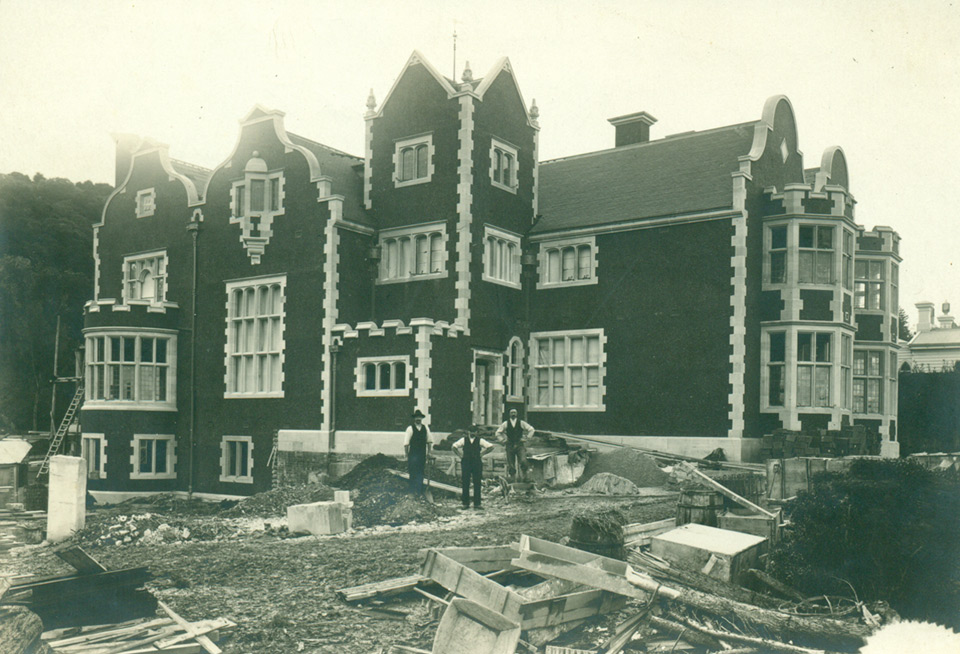 View from South East during construction with workmen.
View from South East during construction with workmen.
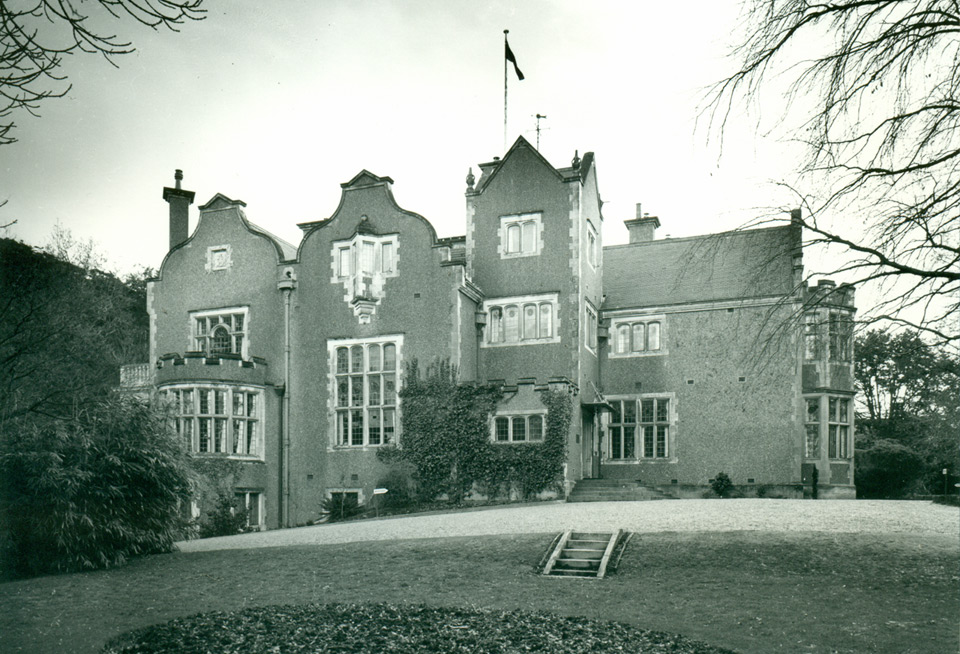
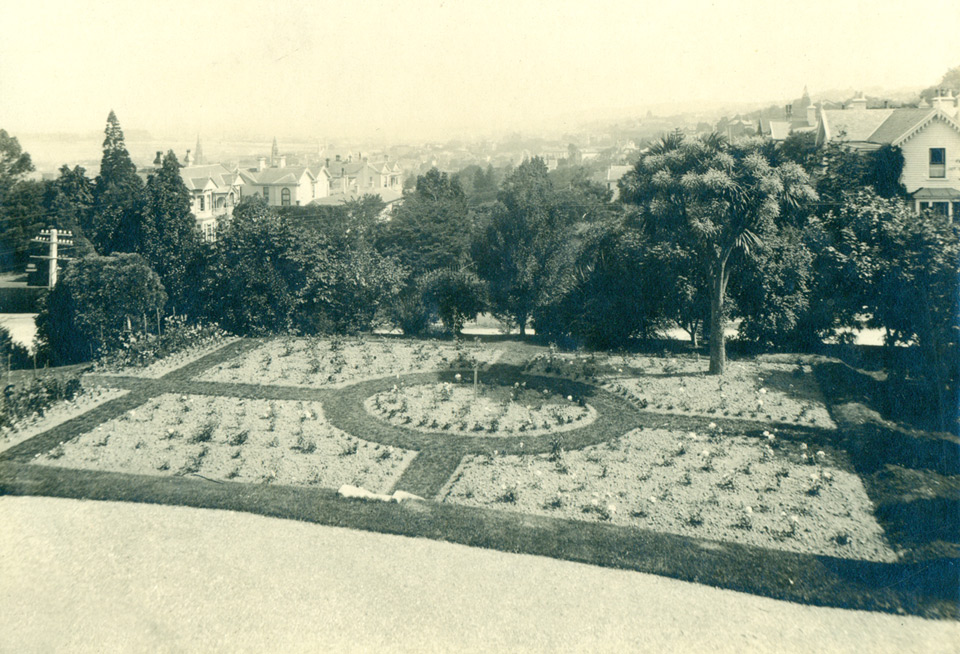
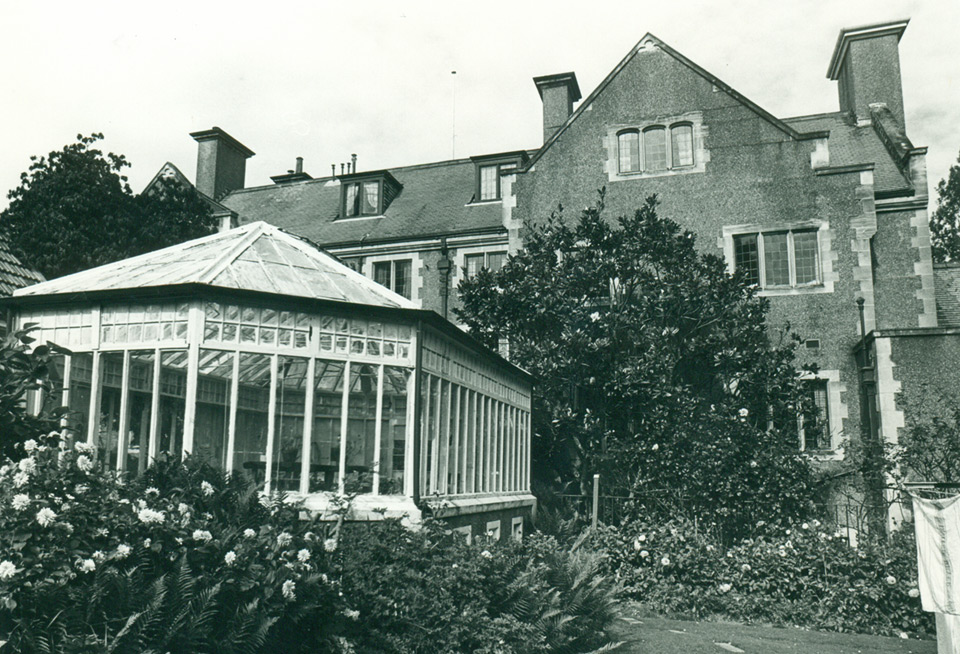
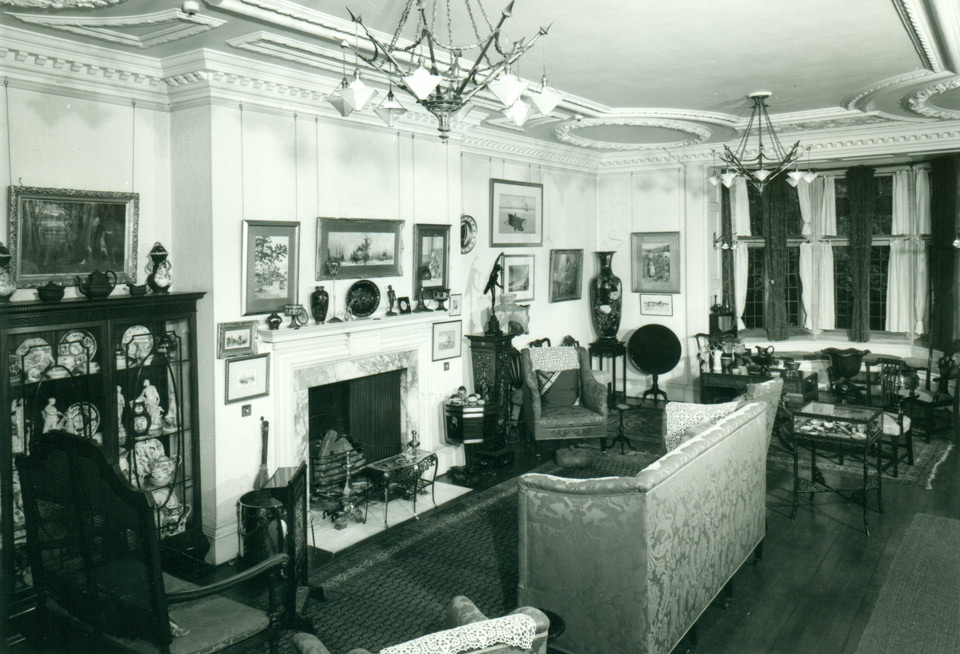
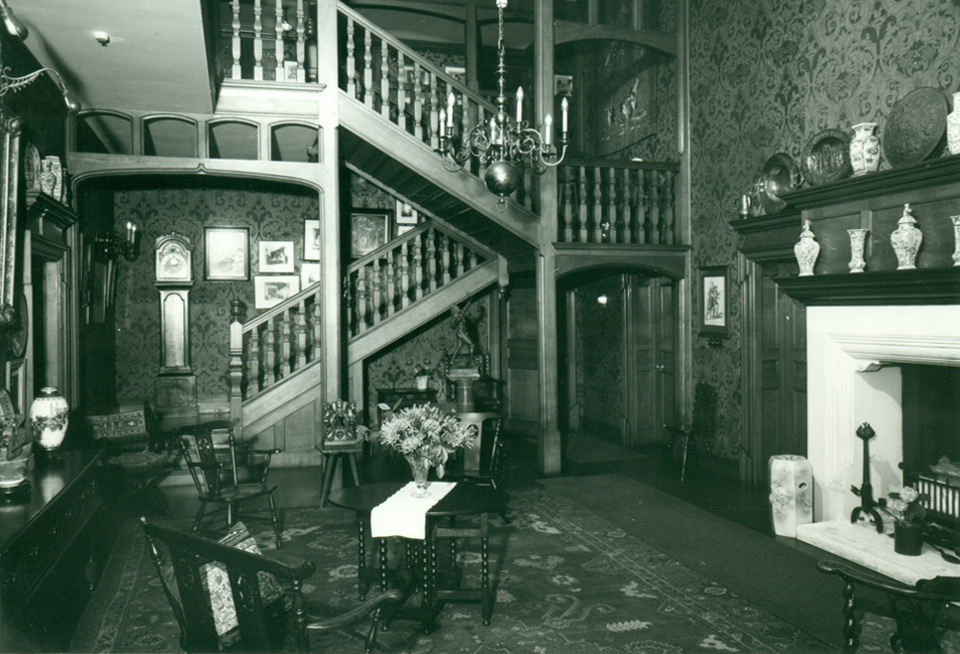
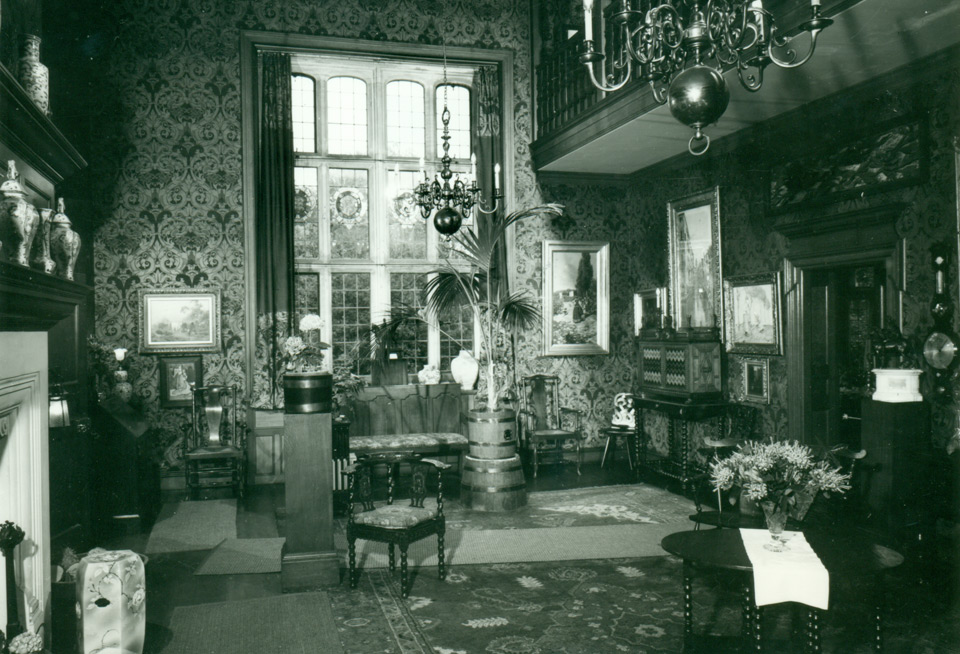
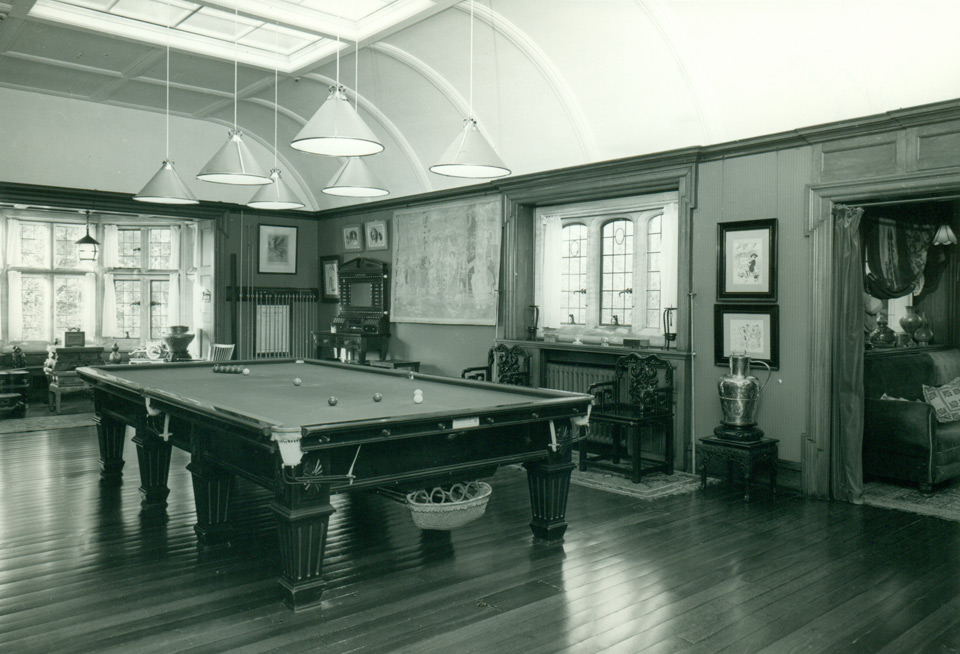
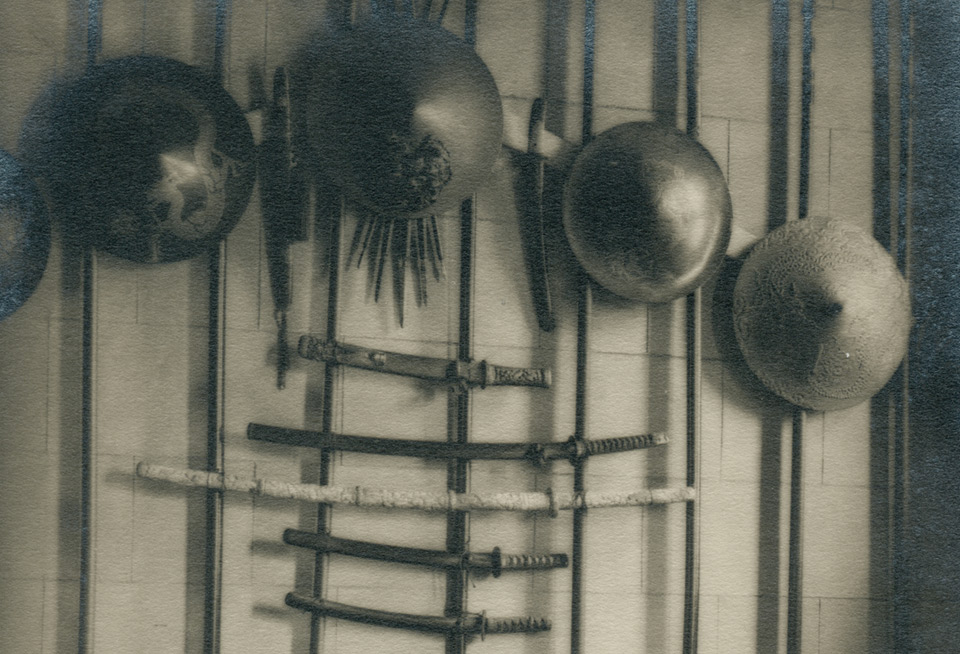
 Explore Olveston’s 1921 Fiat Tipo 510.
Explore Olveston’s 1921 Fiat Tipo 510.
